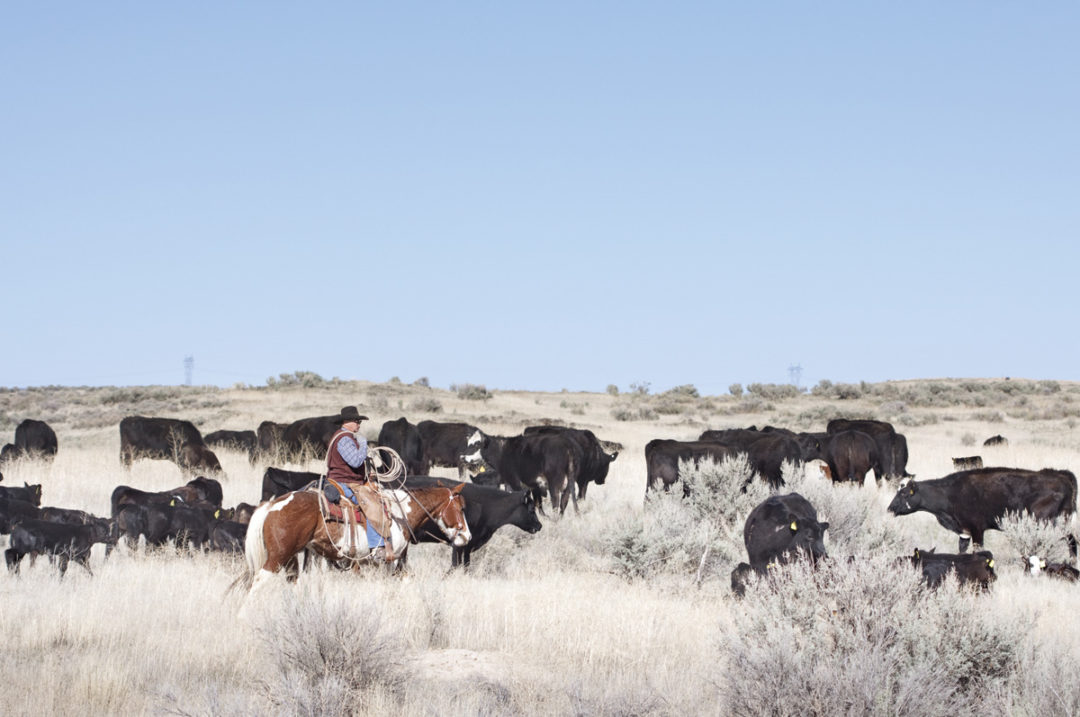A team of researchers at the USDA Agricultural Research Service (ARS) is completing a 10-year study on how grazing management practices used in rotational grazing systems and continuous grazing systems affect cattle foraging behavior, diet quality and yearly weight gain in semiarid, extensive rangeland.
The team conducted their experiment at the Central Plains Experimental Range, an ARS long-term agroecosystem research network site in Colorado. Using GPS tracking collars and activity sensors, they monitored the herd’s grazing pattern.
“The primary objective of the study was using the sensors to measure the steers' foraging behavior and relate this to how they are gaining weight,” says David Augustine, a research ecologist with the ARS Rangeland Resources and Systems Research in Colorado.
The collars provided the team with data on the animals' daily grazing activity, including time spent grazing, how many steps were taken – an indicator for grazing speed – the shape of the foraging pathways and how long each animal lowered their head as a sign of eating – an indicator for the length of each meal.
The researchers then used this technology setup to conduct a range-scale experiment. Steers were divided into either smaller herds in the paddocks of a non-rotational, season-long grazing system or a single large herd in a multipaddock rotational grazing system, using a collaborative and adaptive rangeland management approach. The first five years of data showed that the rotationally managed cattle gained, on average, 14% less weight than cattle in the season-long management system.
“Cattle did not have as much freedom to roam and be more selective on what to eat, so they ended up eating what was available in front of them, which was lower-quality forages with less protein, and they gained less weight as a result. These behaviors were directly correlated to the average of 14 percent reduction in steer weight gain in the multipaddock rotating system compared to the non-rotational continuous system,” explains Augustine.
The researchers found that herds in the multipaddock rotating system did not move around in search of the best, most digestible vegetation, and they also ate slower, spending more time on the same patch of grass and not turning their heads during feeding. The less selective foraging behavior led to reduced lower diet quality and, consequently, lower weight gain compared to the continuous grazing group.
The researchers published their results in the Agriculture, Ecosystems and Environment journal. The results show that large herds grazing in small, homogenous paddocks have little opportunity to move around in ways that let them feed on a high-quality diet.








